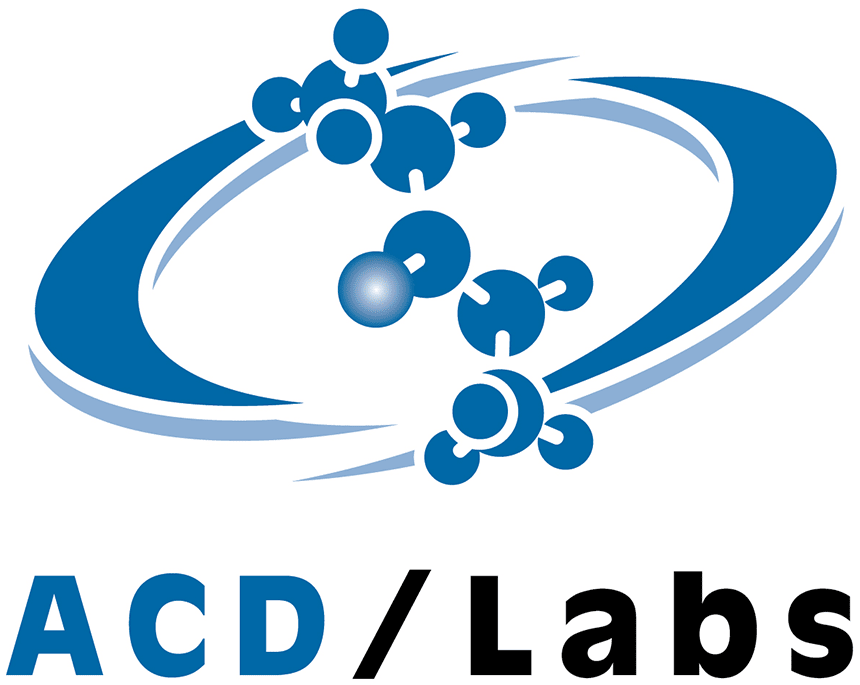Abstract
This application note investigates the difference on packaging between normal and inferior hand sanitizing wipes using EGA and multi-step pyrolysis GC-MS techniques.
Introduction
In 2020, the WHO declared the coronavirus a pandemic. Since then, there has been unprecedented demand for disinfecting products including hand disinfecting wipes that outpaced the maximum manufacturing capacity by reputable suppliers. This global shortage created an opportunity for the inferior and even counterfeit product to enter the market. One of the noticeable differences between the normal and inferior products is the packaging. Normal individually wrapped wipe has a packaging that contains multiple layers, where the center layer is designed to withstand ingredients and chemical solutions, and the outer layer is suitable for ink-labeling. As a comparison, the packaging of an inferior product could have smudged labeling due to the moisture and chemical which has leaked from inside the packaging. This leak is often caused by quality issue from the center layer. Pyroprobe 6150 is a perfect tool to study the root cause of such packaging failure.
Experiment Setup
Two individually wrapped hand sanitizing wipe samples were commercially acquired. One is a P brand product and the other is a no brand product. The ink on the outside of the P brand product was in perfect condition, but the packaging on the no brand had smudged ink. For analysis, one 1 mm hole punch of each sample was first added into DISC (Drop-In-Sample Chamber) tubes and then analyzed using Evolved Gas Analysis (EGA) as an initial screening step. Using the information from this step, multi-step pyrolysis was followed. Then, a reproducibility study was also performed on the P brand packaging at a setpoint of 400°C.





